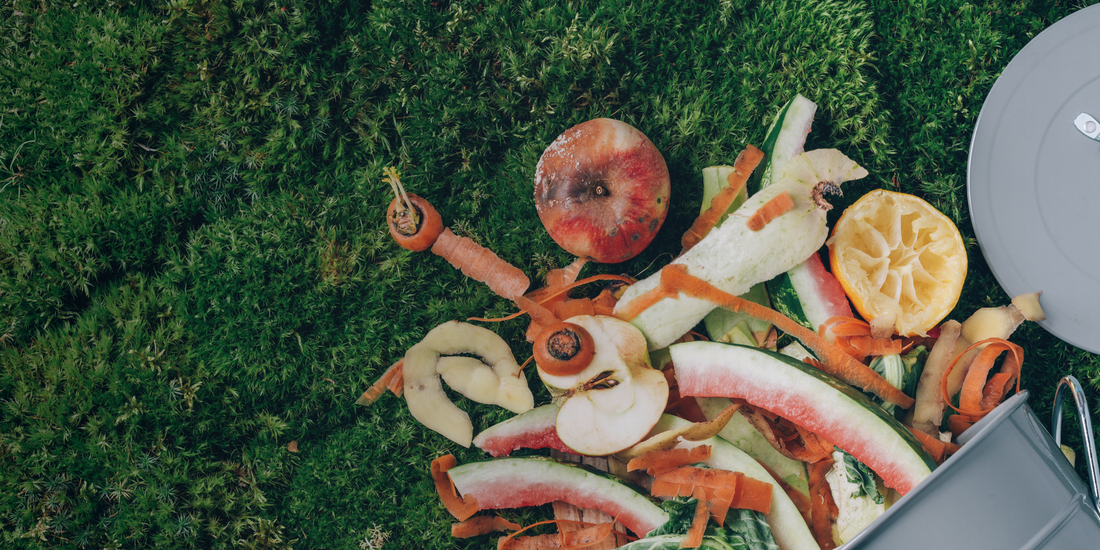
Recent Developments in Australia's Circular Economy Initiatives
Australia is making significant strides toward embracing a circular economy, focusing on sustainable practices that minimize waste and maximize resource efficiency. Recent developments across various sectors highlight the nation's commitment to this transformative economic model.
National Framework and Ambitious Targets
In December 2024, the Australian Government unveiled the country's first national Circular Economy Framework, setting an ambitious goal to double Australia's circularity by 2035. This framework aims for a 10% reduction in per capita material footprint and a 30% increase in materials productivity within the same timeframe. Achieving these targets could potentially add $26 billion to the nation's GDP annually.
Innovative Waste Management Initiatives
Local governments are pioneering innovative waste management solutions:
- City of Sydney & Goterra: A 12-month trial using black soldier fly larvae to process food scraps aims to divert 500 tonnes of food waste from landfills, converting it into valuable resources like fertilizer and animal feed.
- Clarence City Council & RecycleSmart: A soft-plastics recycling service in Tasmania is set to divert over 1,000 tonnes of waste from landfills by repurposing plastics into new materials.
Legislative Actions Promoting Circular Practices
New South Wales has taken a bold step by mandating the use of Food Organics and Garden Organics (FOGO) bins statewide. From July 2030, all households must use these bins, with businesses and institutions complying by July 2026. This move addresses landfill capacity concerns and sets NSW apart as a leader in food waste recycling.
Indigenous Entrepreneurship and Circular Economy
Indigenous entrepreneurs are also contributing to the circular economy:
- EcoMob (Darwin): Founded by William ‘Billy’ Feeney, this initiative processes food waste from military bases into high-quality compost, supporting job creation and community engagement.
Financial Investments Supporting Circular Initiatives
- BG Planet Ark Circular Future Fund: Aims to raise up to $1 billion by 2030, targeting investments that reduce waste and carbon emissions while fostering recycling and sustainability efforts.
Productivity Commission’s Interim Report
The Productivity Commission released an interim report, Australia’s Circular Economy: Unlocking the Opportunities, outlining priority areas in:
- Built Environment
- Food & Agriculture
- Textiles & Clothing
- Mining & Vehicles
- Electronics
It also highlights regulatory challenges and limited access to information as barriers, suggesting policy interventions to enhance material productivity.
Conclusion
Australia’s journey toward a circular economy is being shaped by national frameworks, local government innovation, legislative mandates, Indigenous leadership, financial investments, and policy recommendations. These collective efforts reflect a growing national commitment to sustainability, resource efficiency, and economic resilience, paving the way for a more circular and prosperous future.
